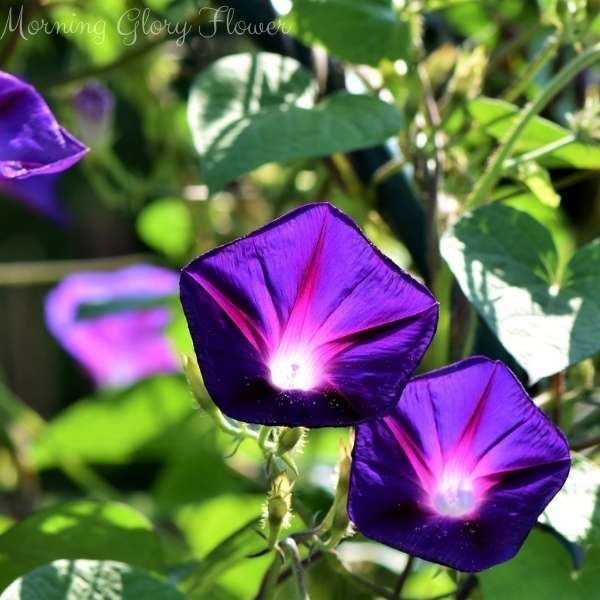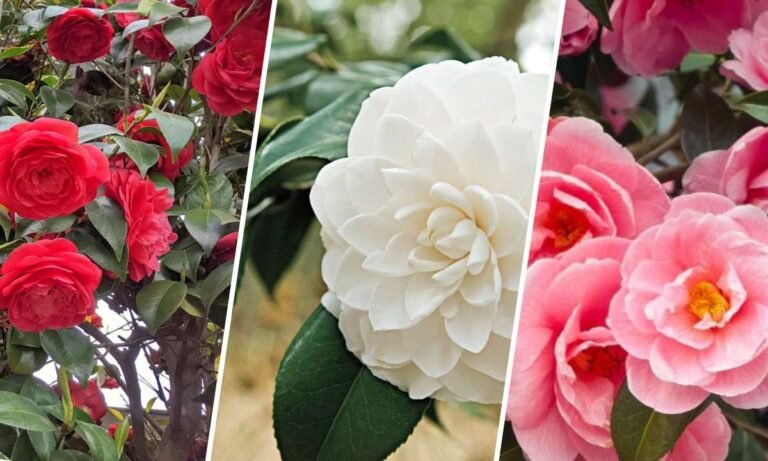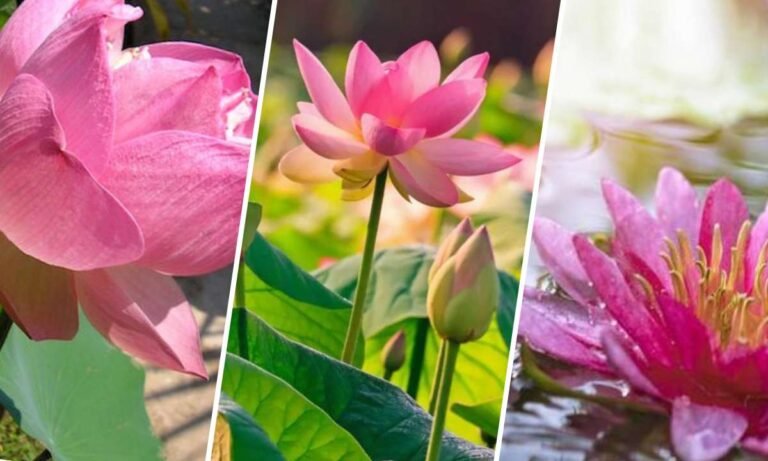The Morning Glory is more than just a beautiful bloom that brightens gardens around the world. Known for its trumpet-shaped petals and rapid growth, this vibrant flower carries rich symbolic meanings and cultural significance. Let’s explore the historical roots, cultural implications, and spiritual symbolism of the morning glory in a way that is easy to understand.
Historical Significance of Morning Glory
The morning glory has a colorful history, much like its blossoms. Originally from the tropical regions of South America, ancient civilizations valued this plant for both its medicinal properties and ornamental beauty. For example, the Aztecs used morning glory seeds in traditional medicine to treat various ailments, appreciating its hallucinogenic properties, which shows the plant’s historical importance beyond decoration.

Cultural Symbolism
Morning Glory in Different Cultures
In many cultures, the morning glory symbolizes love, life, and death. In China, the flower represents love and affection because of its short-lived beauty—it blooms in the morning and wilts by the afternoon. This fleeting nature symbolizes the transitory nature of life and the importance of seizing the moment. In Victorian England, morning glories were often included in bouquets sent to loved ones, symbolizing unrequited love and the short-lived nature of infatuation.
The Spiritual Meaning
The spiritual symbolism of the morning glory is deep and meaningful. It is often associated with renewal and resurrection due to its daily blooming cycle. Every morning, the flower opens to greet the day, symbolizing a fresh start and the potential for new beginnings. This makes it a powerful symbol in spiritual practices focused on personal growth and transformation.
Botanical Characteristics
Appearance and Growth Habit
Morning glories are known for their climbing habit and vibrant flowers. The plant’s stems can reach up to 10 feet in height, wrapping around any available support. The flowers come in shades of blue, purple, pink, and white, are trumpet-shaped, and typically measure 3 to 5 inches in diameter. The heart-shaped leaves add to the plant’s charm, making it a popular choice for gardeners.
Blooming Cycle
A unique feature of the morning glory is its daily blooming cycle. The flowers open early in the morning and close by the afternoon, a behavior that has fascinated botanists and flower enthusiasts. This cycle is a natural response to light and temperature changes throughout the day, ensuring the plant maximizes its exposure to pollinators during the cooler morning hours.

Medicinal Uses
Traditional Applications
Historically, morning glories have been used in traditional medicine, especially by the Aztecs. The seeds contain compounds that can induce hallucinations, leading to their use in religious rituals and healing practices. These seeds were believed to communicate with the gods and were used to seek spiritual guidance and healing.
Modern Insights
Today, scientists are studying the medicinal properties of morning glories for potential applications in modern medicine. Research has shown that the seeds contain compounds that could be used to treat various neurological disorders. However, it is important to note that the seeds can be toxic if ingested in large quantities, so any medicinal use should be approached with caution.
Gardening Tips for Morning Glory
Planting and Care
Growing morning glories is relatively easy, making them a great choice for both novice and experienced gardeners. Here are some essential tips:
- Soil and Light: Morning glories thrive in well-drained soil and full sunlight. Ensure the planting site receives at least six hours of direct sunlight daily.
- Watering: Water the plants regularly, keeping the soil consistently moist but not waterlogged. During dry spells, increase watering frequency to prevent the soil from drying out.
- Support: Provide a trellis or fence for the vines to climb. This supports the plant and enhances its visual appeal.
Propagation
Morning glories can be easily propagated from seeds. Sow the seeds directly in the garden after the last frost, or start them indoors a few weeks before planting. To enhance germination, nick the seeds with a knife or soak them in water overnight before planting.
Pest and Disease Management
While generally resilient, morning glories can be susceptible to pests like aphids and spider mites. Regularly inspect the plants for signs of infestation and treat them with insecticidal soap if necessary. Also, ensure proper air circulation around the plants to prevent fungal diseases.

Conclusion
The morning glory is a flower rich in history, symbolism, and beauty. From its cultural significance to its botanical characteristics, this plant offers much to gardeners and flower enthusiasts alike. Whether you are drawn to its vibrant blooms or its deeper meanings, the morning glory is a plant that deserves a place in your garden and your heart.





